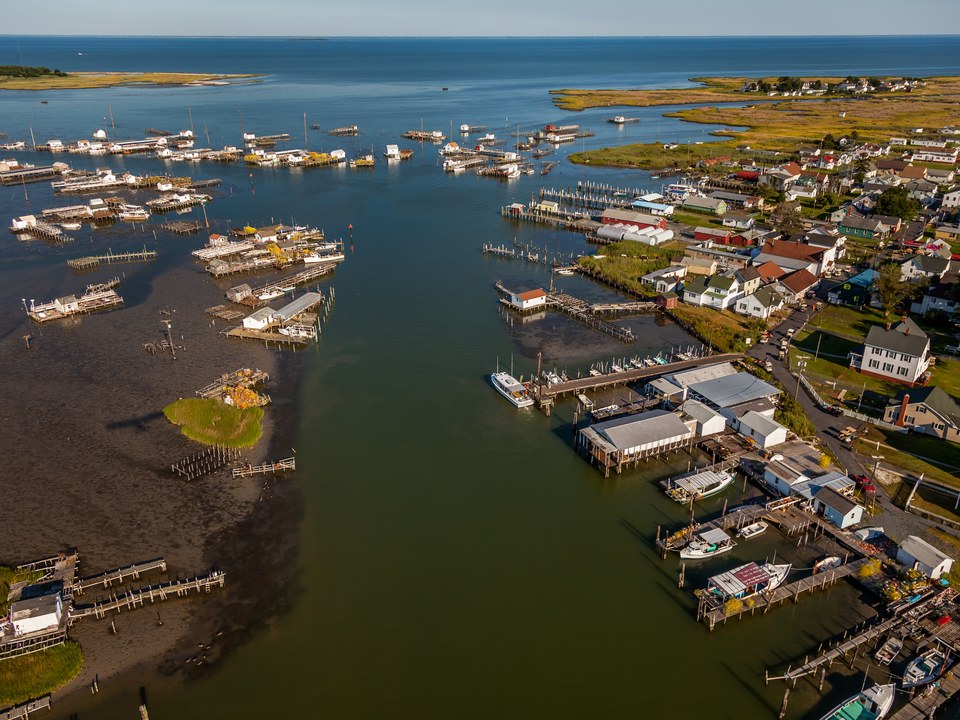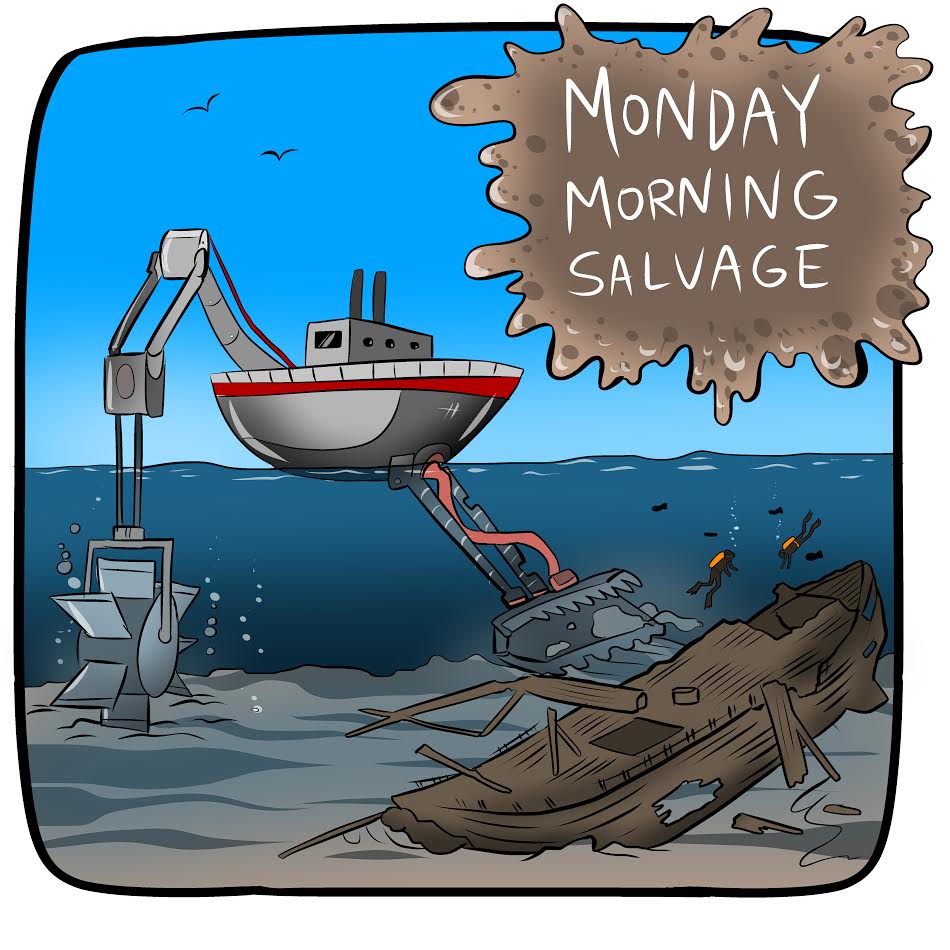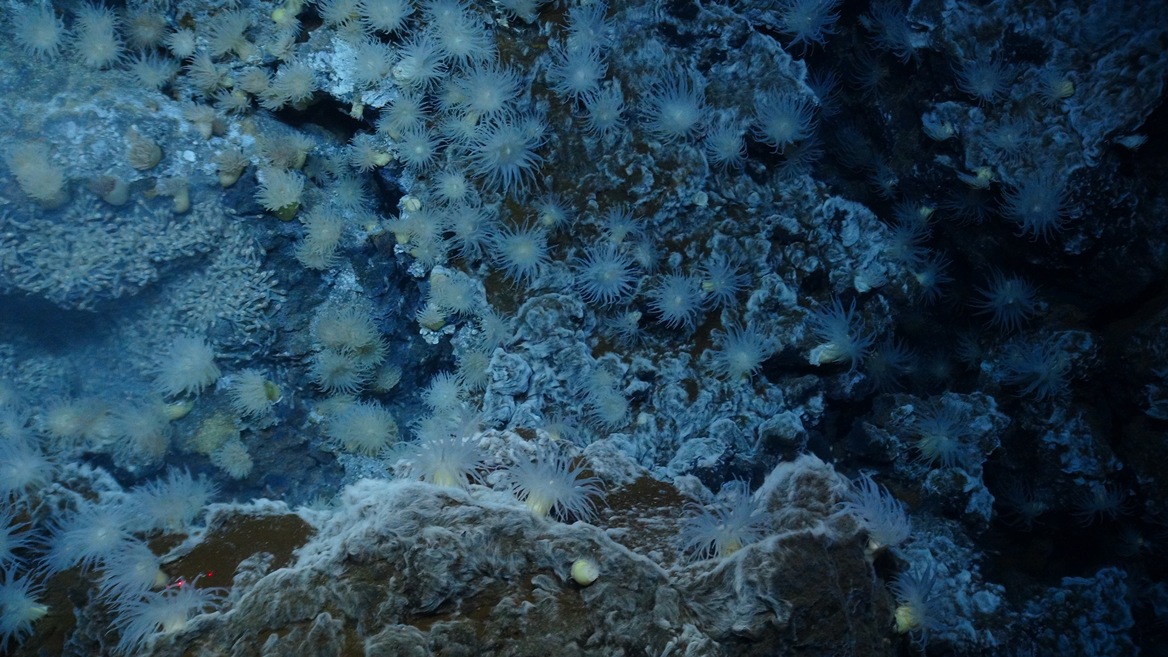Transcript provided below.
Are we finally going to lead with deep-sea mining? We’re going to lead with deep-sea mining. Welcome to the Weekly Salvage.
Over 15 years of ocean science and conservation online
On Monday, the venerable, Beyoncé-endorsed seafood chain declared bankruptcy. Red Lobster has been struggling for a while. It was sold to private equity firm Golden Gate Capital in 2014 for $2.1 billion and then bought out by the seafood supplier Thai Union in 2020. Thai Union is one of the world’s largest seafood conglomerates. Thai … Read More “You did not bankrupt Red Lobster by eating too many shrimp.” »
Transcript provided below.
Are we finally going to lead with deep-sea mining? We’re going to lead with deep-sea mining. Welcome to the Weekly Salvage.
Transcript provided below.
Read More “Big storms, lost ships, fake shrimp, and more! Weekly Salvage: September 9, 2019” »

Foghorn (A Call to Action!)
Flotsam (what we’re obsessed with right now)

A normal call.
The call of a dolphin that would rather not get eaten.
The Levee (A featured project that emerged from Oceandotcomm)

Foghorn (A Call to Action!)
Flotsam (what we’re obsessed with right now)
The Levee (A featured project that emerged from Oceandotcomm)

Fog Horn (A Call to Action)
Flotsam (what we’re obsessed with right now)
https://www.youtube.com/watch?v=C5SPMrmRMjE
Evolution is the most creative force on the planet. Everywhere we look, we find species with novel and phenomenal adaptations that put their comic book brethren to shame. In no ecosystem is this more apparent than in the vast and unfathomable ocean. Marine species, especially those in the deep sea, have evolved to survive in a environment that is completely alien to us. Several months ago, I unveiled “Five organisms with real super powers that rival their comic book counterparts“, but that was just the beginning. Without further adieu, I give you 5 more marine organisms that put their superhero counterparts to shame (and one bonus critter).

In the deep sea, eyes are not among the most useful sense organs. While many deep-sea species have extremely reduced eyes, some have abandoned these organs entirely. Rimicaris exoculata is a shrimp endemic to deep-sea hydrothermal vents in the mid-Atlantic that is completely eyeless. Its carapace is smooth, without even a hint of reduced, vestigial eyes. This, unfortunately, is a problem because Rimicaris exoculata is a farmer. The blind shrimp grows bacteria in its gill chamber, bacteria that can convert the chemical-rich hydrothermal vent fluid into food for the shrimp.
For lack of a more descriptive adjective, hydrothermal vents are hot. Some can exceed 400°C. Rimicaris exoculata needs to get close to this hot vent fluid to feed its crop of bacteria, but not so close as to become a hydrothermal hors d’oeuvre. And so, the blind shrimp evolved a completely new light-sensitive organ mounted on the top of its carapace–the rhodopsin-rich dorsal eyespot.
The dorsal eyespot of Rimicaris exoculata doesn’t “see” in the normal sense, there is still almost no light in the deep sea. Rather, this shrimp is adapted to detect the black body radiation emitted by the hydrothermal vent. For Rimicaris exoculata, the deep sea glows with the light of super-heated hydrothermal fluid, allowing it to both find food for its bacterial crop and avoid getting cooked itself.
It should be no surprise that Rimicaris exoculata is undoubtedly the favorite deep sea organism of another blind champion with super senses–Daredevil.
Read More “Five more marine organisms that put their superhero counterparts to shame” »
 At 7 AM EST on Monday, February 25, the ROV Isis rose from the depths of the Cayman Abyss, bringing to a close the 82nd cruise of the RRS James Cook. During JC82, we explored two recently discovered hydrothermal vents fields in the Cayman Trough: Von Damm, named for the late marine geochemist Karen Von Damm, and Beebe, named for the 20th century explorer William Beebe. By any measure, JC82 was a massive success. The samples and videos we’ll bring back will provide ecologists, geologists, and chemists with new insights into fundamental ocean systems for years. The images alone, some beautiful, some heart-breaking, have already inspired.
At 7 AM EST on Monday, February 25, the ROV Isis rose from the depths of the Cayman Abyss, bringing to a close the 82nd cruise of the RRS James Cook. During JC82, we explored two recently discovered hydrothermal vents fields in the Cayman Trough: Von Damm, named for the late marine geochemist Karen Von Damm, and Beebe, named for the 20th century explorer William Beebe. By any measure, JC82 was a massive success. The samples and videos we’ll bring back will provide ecologists, geologists, and chemists with new insights into fundamental ocean systems for years. The images alone, some beautiful, some heart-breaking, have already inspired.

Since I last updated the blog on our adventures exploring the Cayman Trough, we’ve had a steady stream media coverage, most of which has been excellent, some of which has been… strange. It’s been fascinating watching the articles come out, seeing what different media outlets consider the story, and, most important to me, getting a chance to share our adventure with a wide audience. Now that the #DeepestVents cruise is officially over (and we’re in transit to yet another, equally exciting bolt on cruise to investigate submerged lava flows off the island of Montserrat), I thought it would be a good opportunity to reflect on the cruise, the story, and how the media shaped it.
Read More “Return from the Cayman Abyss: cruise post-mortem and some thoughts on media coverage” »
We caught up with 11 marine scientists (including one honorary marine scientist, paleoblogger Brian Switek) at this year’s Ocean Sciences meeting in Salt Lake City and asked them the following question – What is your favorite marine organism and why? Their responses ranged from the classic (dolphins and sharks) to the bizarre (deep-sea shrimp and snails) to the exceptionally … Read More “The Ocean Question: What is your favorite marine organism and why?” »